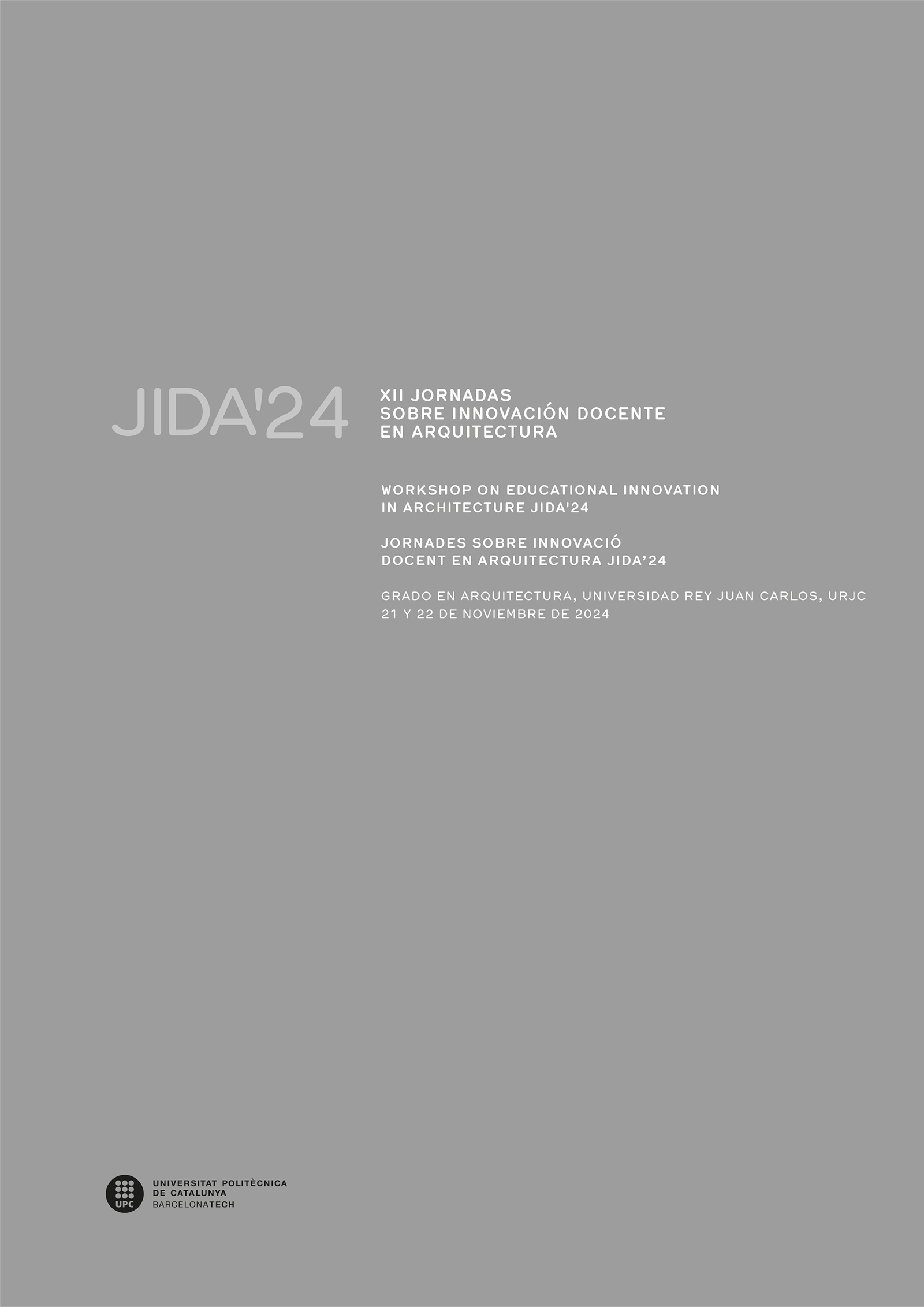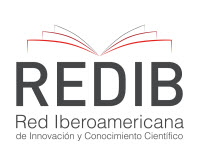Drawing the Design: techniques of artistic expression applied to industrial design
DOI:
https://doi.org/10.5821/jida.2024.13245Keywords:
artistic expression, artistic expression techniques, drawing, industrial design, learning by doingAbstract
Being polyvalent, adapting to changes in society and technology, and moving fluently between the analogue and the digital is the reality faced by professionals in the architecture, engineering and industrial design sectors, as well as by the professors and students in the classrooms of these disciplines. In order to reflect on drawing and representation techniques, we took as a starting point the subject of Applied Artistic Expression Techniques, the first four-month period of a second year of a School of Industrial Design Engineering, where we deepened the importance of freehand drawing, combining this classic technique with its digital application. As a result, we observed the relevance of the sketch as a fundamental tool for the design and the project, observing a progression in the graphic representation capacity of the students, who enjoy these sessions, transferring this hobby to their free time.
References
Amado Lorenzo, Antonio y Fernando Fraga López. 2015. «El dibujante digital. Dibujo a mano alzada sobre tabletas digitales». EGA Revista de expresión gráfica arquitectónica, 20: 108-119. https://doi.org/10.4995/ega.2015.3330
Amado Lorenzo, Antonio y Fernando Fraga López. 2023. «Cuando los arquitectos dibujaban… When the Architects Drew... ». XY. Studi Sulla Rappresentazione dell’architettura E sull’uso dell’immagine Nella Scienza E nell’arte, 6 (11-12): 94–107. https://doi.org/10.15168/xy.v6i11-12.2523
Bizzotto, Lucas. 2022. «Cognición encarnada. El dibujo sensible como técnica de reconocimiento del espacio arquitectónico». Estoa. Revista de la Facultad de Arquitectura y Urbanismo de la Universidad de Cuenca, 11 (22): 83-93. https://doi.org/10.18537/est.v011.n022.a07
Cabezas, Lino. 2011. Dibujo y construcción de la realidad : arquitectura, proyecto, diseño, ingeniería, dibujo técnico. Madrid: Cátedra.
Caridad Yáñez, Eduardo, Paula Fernández-Gago Longueira, y Carlos Mantiñán Campos. 2019. «Una experiencia de flipped classroom aplicada a la docencia del Dibujo de Arquitectura». En Contextos universitarios transformadores: construíndo espazos de aprendizaxe. III Xornadas de Innovación Docente, editado por De la Torre Fernández, Enrique, 149-160. A Coruña: Cufie, Universidade da Coruña. https://doi.org/10.17979/spudc.9788497497121.149
Durán Ruge, César Aníbal y Isneila Martínez Gómez. 2022. «Estrategia didáctica basada en el dibujo a mano alzada para el desarrollo de competencias en el área de expresión arquitectónica». REEA, 10 (3): 116-136. http://www.eumed.net/es/revistas/revista-electronica-entrevista-academica
Glaser, Milton, 2006. Milton Glaser Draws and Lectures (Filmed at Milton's studio in 2006). Grabación disponible en https://www.miltonglaser.com/milton/c:short-films/#5
Gutiérrez Mozo, María, y Joaquín Arnau Amo. 2015. «Aprehender dibujando: los dibujos de Luis Borobio». EGA Revista de expresión gráfica arquitectónica, 20: 152-159. https://doi.org/10.4995/ega.2015.4048
Lawson, Bryan. 2004. What Designers Know. Oxford: Elsevier.
Lawson, Bryan. 2006. How Designers Think: The Design Process Demystified. Oxford: Elsevier.
Leandri, Gaia et al. 2022. «El cerebro del arquitecto y la mano pensante». EGA Revista de Expresión Gráfica Arquitectónica. 27: 184-193. https://doi.org/10.4995/ega.2022.18434
Nucci Porsani, Rodolfo et al. 2023. «Dibujo de observación en contexto pandémico: una reflexión sobre la enseñanza remota de técnicas analógicas». Centro de Estudios en Diseño y Comunicación, 166: 239-246
Oliva Meyer, Justo y Joan Calduch Cervera. 2023. «Juan Antonio García Solera (1924-1953-2019). Dibujar para construir». EGA Revista de Expresión Gráfica Arquitectónica, 28: 282-299. https://doi.org/10.4995/ega.2023.12842
Pallasmaa, Juhani. 2012. La mano que piensa: sabiduría existencial y corporal en la arquitectura. Barcelona: Gustavo Gili.
Powell, Dick. 1993. Técnicas de presentación guía de dibujo y presentación de proyectos y diseños. Madrid: Hermann Blume Ediciones.
Rapallo, Marcela Flavia. 2023. «Música dibujada. Explorando las tecnologías digitales para transformar el dibujo a mano alzada en un instrumento performático colectivo». Virtualidad, Educación y Ciencia, 26 (14): 81-95.
Eco, Umberto. 1986. Cómo se hace una tesis: técnicas y procedimientos de estudio, investigación y escritura. Barcelona: Editorial Gedisa.
Uribe Ortiz, José. 2020. «El dibujo a mano alzada como herramienta de resolución técnica: estudio de tres casos en la arquitectura contemporánea de Paraguay». EGA Revista de Expresión Gráfica Arquitectónica, 39: 86-97. https://doi.org/10.4995/ega.2020.13952



















